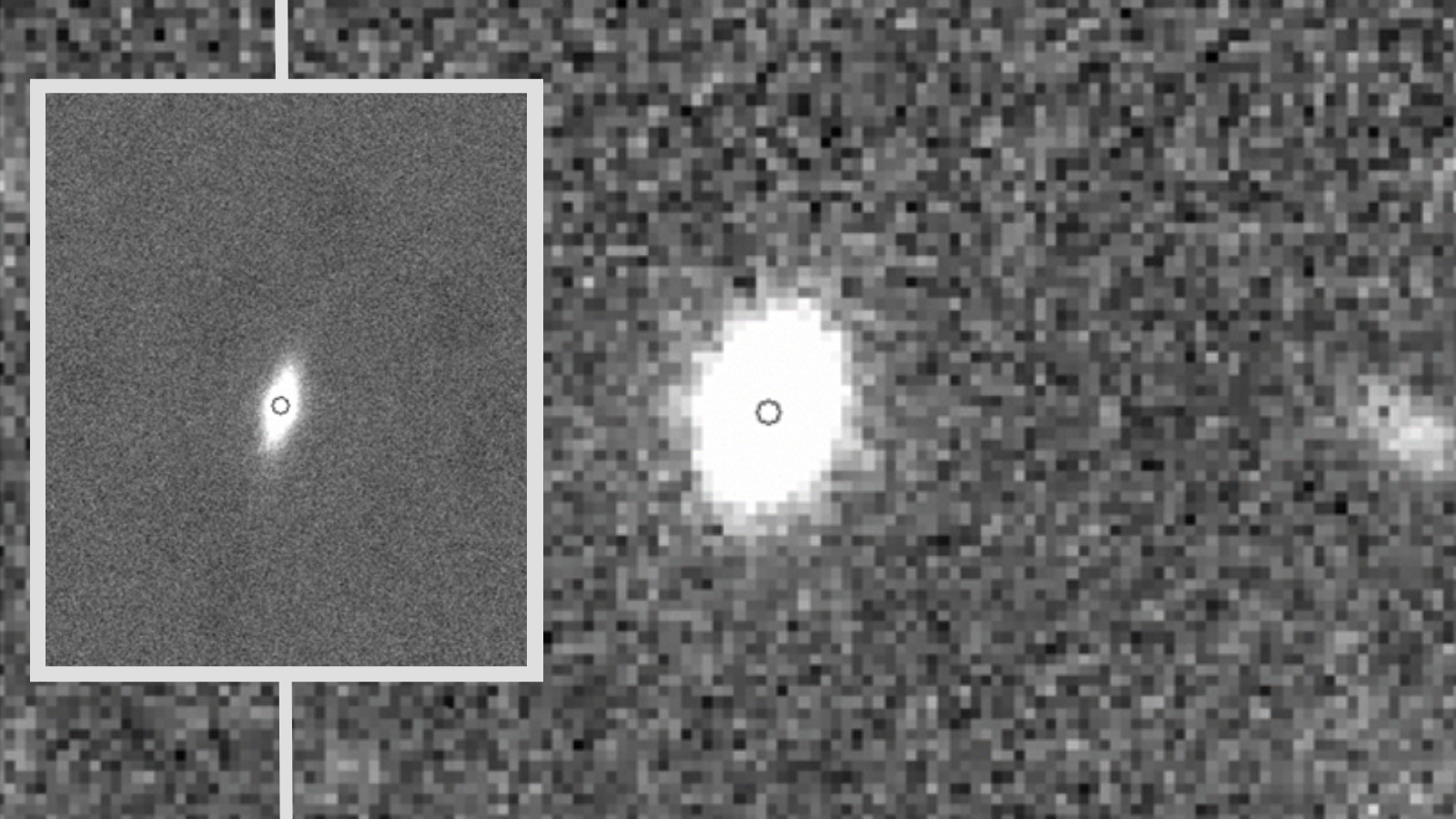Communications Glitch and Weather Postpone DART Launch
NASA postponed today's launch of the Demonstration of Autonomous Rendezvous Technology (DART) spacecraft because the target satellite, Multiple Paths, Beyond-Line-of-Sight Communications, had a temporary loss of Global Positioning Satellite (GPS) reception that could have impacted the navigation accuracy for the planned on-orbit rendezvous between the two craft.
Launch officials said Monday that there was a 90 percent chanceweather violations could scrub today's launch of DART, a spacecraft designed to seek out andrendezvous with a satellite in Earth orbit. If successful, DART's flight could prove key technologies developed by NASA to build autonomous, rendezvous-ready spacecraft.
While the GPS dropout has been corrected, the launch team wanted additional time to verify the data, NASA said in a press release. The possibility of adverse weather also contributed to the decision to postpone the launch for at least 48 hours, pending the availability of range assets.
DART is expected to launch from the air atop a four-stage Orbital Sciences Pegasus XL rocket in a flight stagedfrom California's Vandenberg Air Force Base. A former passenger jet, StargazerL-1011, will carry the rocket into launch position 40,000 feet (12,192 meters) abovethe Pacific Ocean.
NASAresearchers believe the autonomous capabilities tested by DART will lay thefoundation for future missions beyond Earth orbit, where an autopilot - insteadof real-time remote control - may be more preferable during dockings. Themission is cooperative effort between NASA researchers and the Orbital SciencesCorporation (OSC), which developed the spacecraft.
While DART's launch marks the first flight of a U.S.-builtunmanned rendezvous space vehicle, though the Russian Federal Space Agency'sProgress and Soyuz vehicles have docked autonomously with space stations foryears. Europe is also planning to launch the cargo ship Jules Verne, the firstof its Automated Transfer Vehicles (ATV) to the International Space Stationnext year.
At the heartof the DART mission is a device called an advanced video guidance sensor (AVGS),which combines advanced optical and electronic ranging systems to approach itssatellite target - the Multiple Paths Beyond Line-of-Site Communications(MUBLCOM) spacecraft launched in 1999.
Breaking space news, the latest updates on rocket launches, skywatching events and more!
GPS is used to aid DART's rendezvous, and onboard software will test collision avoidance maneuvers, and direct the spacecraft to fly circles around MUBLCOM. An onboard camera will hopefully catch images of the rendezvous.
Join our Space Forums to keep talking space on the latest missions, night sky and more! And if you have a news tip, correction or comment, let us know at: community@space.com.

Space.com is the premier source of space exploration, innovation and astronomy news, chronicling (and celebrating) humanity's ongoing expansion across the final frontier. Originally founded in 1999, Space.com is, and always has been, the passion of writers and editors who are space fans and also trained journalists. Our current news team consists of Editor-in-Chief Tariq Malik; Editor Hanneke Weitering, Senior Space Writer Mike Wall; Senior Writer Meghan Bartels; Senior Writer Chelsea Gohd, Senior Writer Tereza Pultarova and Staff Writer Alexander Cox, focusing on e-commerce. Senior Producer Steve Spaleta oversees our space videos, with Diana Whitcroft as our Social Media Editor.
